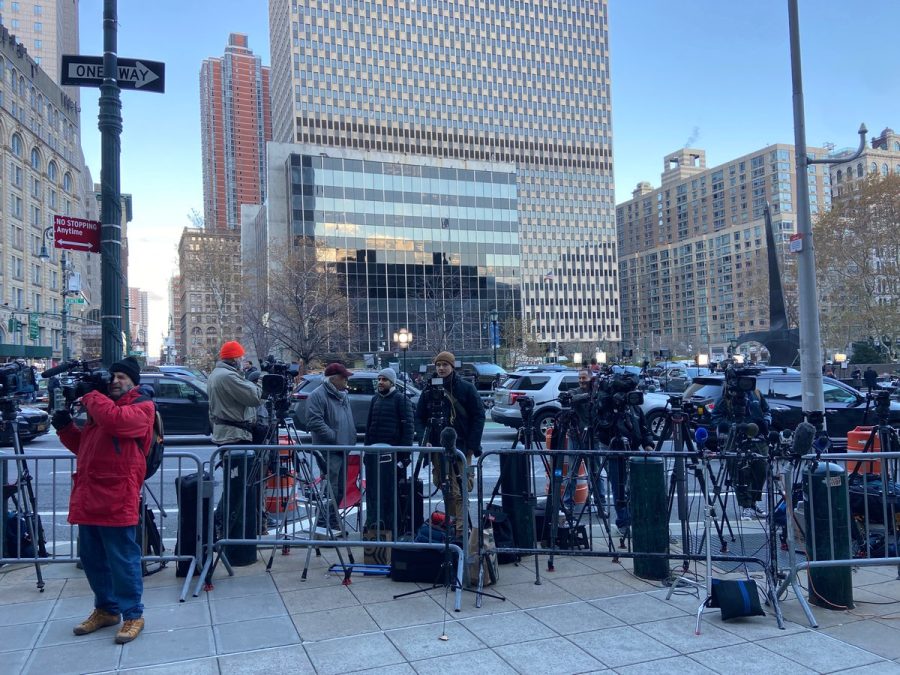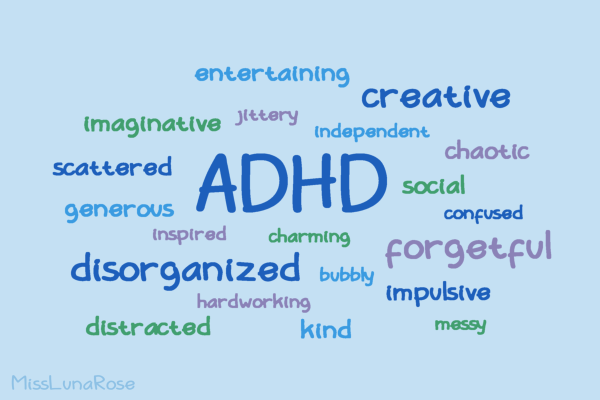Cameras Illuminate the Judicial Process
The constitutionality of cameras in the courtroom is not a new debate. Many broadcasted courtroom proceedings have generated substantial press attention as of late, becoming topics of controversy across media platforms internationally. One recent example of this was the defamation trial of Johnny Depp and Amber Heard. It sparked outcries amongst the public and fierce derision on social media. While some argue that this type of heated discussion is a negative consequence of broadcasted trials, it is the public’s right to act, react and speak out as they wish according to First Amendment rights. Under the same amendment, it is also the press’ right to inform their audience freely. Therefore, so long as due process can be adequately upheld, the filming and broadcasting of trials does not infringe upon the constitutional rights of the press and the public.
The presence of courtroom cameras was first challenged in 1935 when the American Bar Association forbade broadcast coverage because they detracted from the “essential dignity” of trials. The ban persisted in federal courts until 1997, when members of Congress began giving presiding federal judges discretion to allow camera coverage. But between those years, certain states had already started to ignore Canon 35, including the state of Texas, Florida and Colorado. By 2006, all 50 states allowed some type of camera presence in their courtrooms. As for federal proceedings, most judges have declined to permit cameras in their courts. Still, they have the ability to allow cameras if they please. And while the Supreme Court still rejects camera coverage of proceedings, full transcripts and audio recordings are available online; thus, the visual component should not be considered a violation of security.
The First Amendment explicitly states that Congress shall make no law abridging the freedom of speech or the press. In the words of former Justice Potter Stewart, the separation of the free speech and free press clauses speaks to the “critical role played by the press in American society.” The institutional press, or the media outlets responsible for broadcasting programs, thus lies at the heart of an informed democratic society. The press clause of the amendment is designed to preserve that aspect of society: to protect public access to information and enable free debate. In Richmond Newspapers, Inc. v. Virginia, the court concluded that the right of the public and press to attend criminal trials is guaranteed under the First and 14th Amendments. Since judicial proceedings are open to all, video broadcast simply expands the size of the courtroom. If anyone is allowed to view a trial in person, why shouldn’t the same go for electronic access?
While the Supreme Court has not recognized the right of public access to civil proceedings, most states and lower federal courts have. Still, there are circumstances in which a closed trial is deemed necessary, such as juvenile proceedings and other trials in which the need to protect the parties’ privacy is imminent. In these cases, camera use would clearly be prohibited. State courts have jurisdiction over camera remittance, so although many federal cases restrict it, lower courts operate differently. The same goes for civil cases: photography and broadcasting restrictions are imposed at the judge’s discretion. I argue that audiovisual recordings and broadcasting should be allowed for trials made open to the public so long as they do not interfere with due process.
That being said, camera admittance can only be universally accepted with set guidelines detailing which situations violate due process and necessitate privacy. For example, civil cases in which all parties decline camera usage should not be broadcast; since the proceedings are not concerned at the federal level, it is not the public’s right to be informed. Other limitations would include highly sensitive trials in which physical public access is already restricted.
Considering such limitations, the use of cameras in the courtroom is consistent with the foundations of democracy, including transparency, open justice and a highly informed general public. A study conducted by researchers in the United Kingdom explores the impact of courtroom broadcasting on the audiences’ perceptions. The study confirmed the connection between seeing, understanding and trusting judicial proceedings/subjects who were able to watch the footage rather than just listen were also more likely to recall details of the interactions.
The public has regular access to transcripts and audio recordings of trials, so live footage would simply enhance their understanding of proceedings. It is impractical to broadcast certain media forms for the purpose of informing the public when more informative media exists.
Lindsey Osit, FCRH ’24, is a journalism major from South Windsor, Conn.










































































































































































































